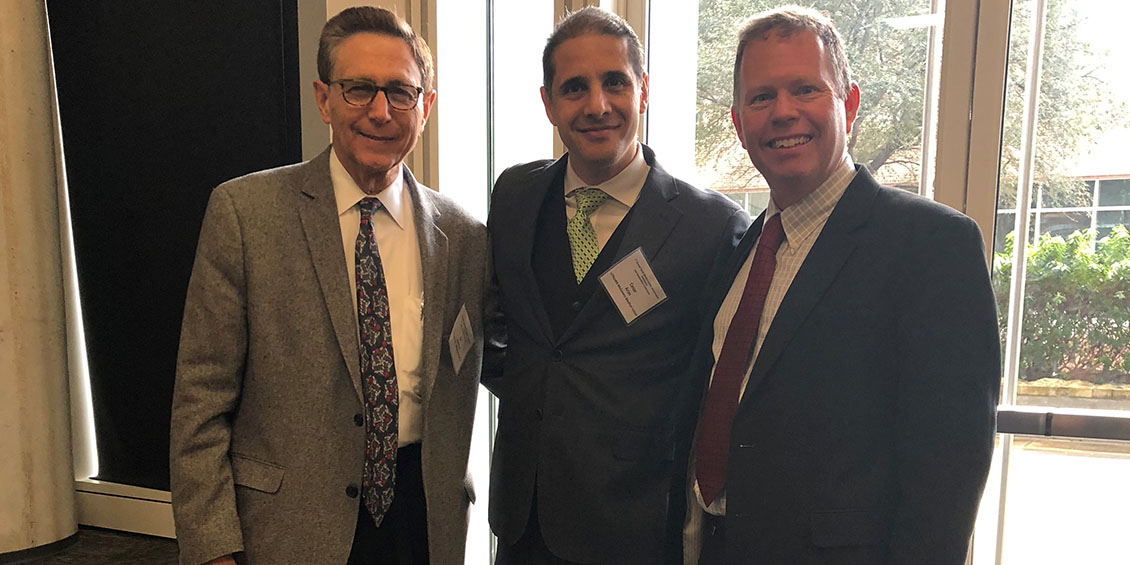Research News

Keeping a Close Eye Out for Candida
UHCOP's Garey Awarded $203K TMC Health Policy Institute Grant to Create, Expand Monitoring Network for Resistant Strain of Fungus Candida auris
UH College of Pharmacy's Kevin W. Garey, Pharm.D., M.S., FASHP, has received the backing of the TMC Health Policy Institute to develop an "early warning system" to detect whether a drug-resistant strain of fungus exists in area hospitals.
The project is targeting a dangerous yeast called Candida auris, which first appeared in the U.S. in 2016. The yeast causes fungal infections that often spread through the bloodstream, and it doesn’t respond to commonly used antifungal drugs, according to the Centers for Disease Control and Prevention. Mortality rates for C.auris infection range from about 30 percent to 60 percent.
C. auris was first identified in 2009 in Japan. Since then, it’s been reported in more than a dozen countries. As of Oct. 31, the CDC has confirmed 157 cases in the U.S., but none in Texas.
In the U.S., researchers generally don’t actively monitor for the presence of drug-resistant bacteria or fungi. Instead, they react after the fact, if a patient becomes sick or dies.
"The problem with C. auris is we have a hard time diagnosing it, and by the time we actually diagnose it, many patients will have died," Garey said. "If we could proactively look for it, that would be a game changer."
Emergence of toxigenic strains of C. auris traditionally has been linked to healthcare facilities, which heightens concerns for Houston due to the city's heavy concentration of health systems, clinics and other medical settings. It’s important to develop a system to proactively monitor hospitals for the fungus, as it’s difficult or impossible to effectively treat infections caused by it, Garey said.
"The bottom line is this project can help protect patients," said Stephen Linder, Ph.D., associate director of the Texas Medical Center Health Policy Institute. "We’re excited this work has the potential to extend beyond Houston and become a national model."
In 2016, the CDC issued an alert to warn the health care community about the emergence of the drug-resistant fungus, which can spread through contaminated surfaces and equipment, as well as person-to-person. Garey said monitoring for C. auris requires the use of specialized techniques and protocols, otherwise it’s easy to misidentify the fungus.
Instituting a monitoring program could give Houston-area patients peace of mind.
"Houstonians would be happy to know that when they enter a hospital participating in the new surveillance system, they’re being looked at for any emerging super pathogens," Garey said. "The hope is we can identify these bugs before they can cause harm to patients."
Institutions collaborating on the study are Texas A&M Health Science Center, University of Texas Health Science Center at Houston, Memorial Hermann Health System and CHI St. Luke’s Health. Garey said he aims to enlist 20 Houston-area hospitals in the monitoring effort in the first year, then recruit hospitals from across Texas. Establishing such a system would allow researchers to detect other drug-resistant organisms as well.
—Courtesy of Ryan Holeywell, TMC Health Policy Institute